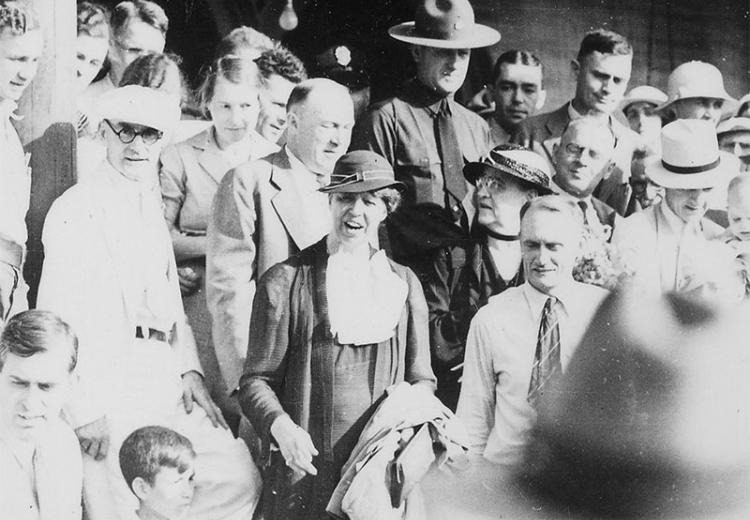Lesson 5: Eleanor Roosevelt and the Rise of Social Reform in the 1930s

Eleanor Roosevelt in Arthurdale, West Virginia, 1933.
Eleanor Roosevelt was a key figure in several of the most important social reform movements of the twentieth century: the Progressive movement, the New Deal, the Women's Movement, the struggle for racial justice, and the United Nations. A long time political partner of her husband, President Franklin Roosevelt, Eleanor Roosevelt also developed her own political network and her own liberal ideology. During the New Deal, Eleanor Roosevelt became a key voice inside the White House for appointing women to positions in the administration, improving the plight of the unemployed, and addressing the concerns of youth; she championed the organization of the National Youth Administration and the Public Works Arts Project. Her monthly columns for Woman's Home Companion led to an unprecedented conversation with the American people. During World War II, she took an active role in programs for European refugees and building support for women working on the home front. She continued her political activities after the death of FDR in 1945 in such areas as the new United Nations and the civil rights movement.
This lesson asks students to explore the various roles that Eleanor Roosevelt took on, among them: First Lady, political activist for civil rights, newspaper columnist and author, and representative to the United Nations. Students will read and analyze materials written by and about Eleanor Roosevelt to understand the changing roles of women in politics. They will look at Eleanor Roosevelt's role during and after the New Deal as well as examine the lives and works of influential women who were part of her political network. They will also examine the contributions of women in Roosevelt's network who played critical roles in shaping and administering New Deal policies.
Guiding Questions
What were Eleanor Roosevelt's views about the role of government in solving social problems?
To what extent and in what ways did Eleanor Roosevelt and her network of women reformers advance the position of women in politics and government?
Learning Objectives
Describe the role Eleanor Roosevelt carved out for herself as a social reformer.
Analyze and discuss the views that Eleanor Roosevelt held as an advocate for social justice.
Describe and explain the changing roles of women in politics in the 1930s and 1940s.
Explain and evaluate Eleanor Roosevelt's contributions to this new political role for women.
